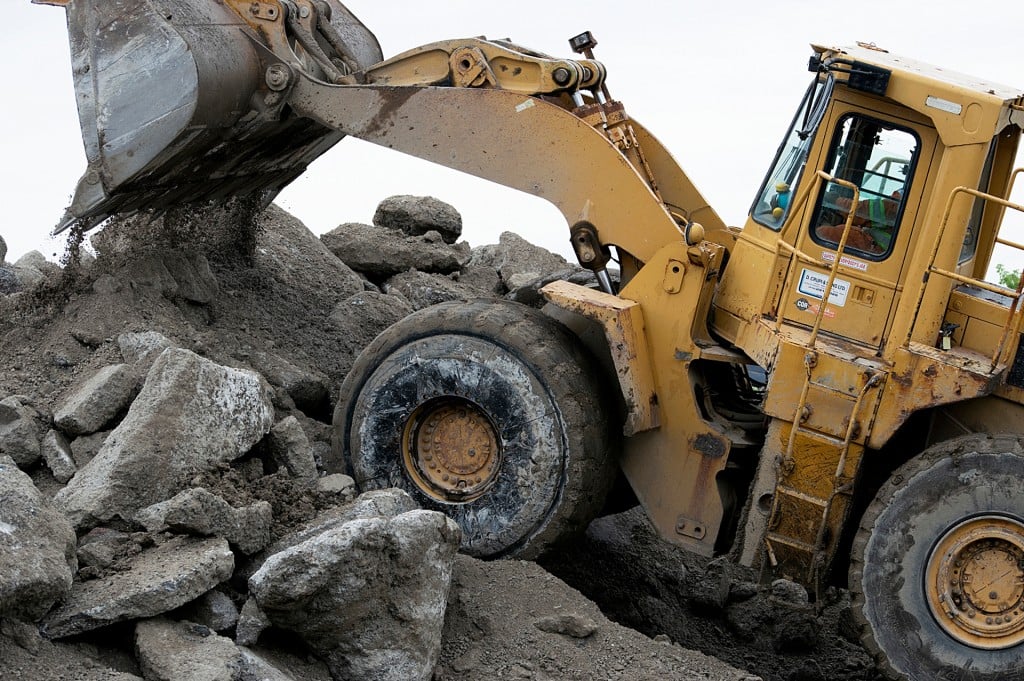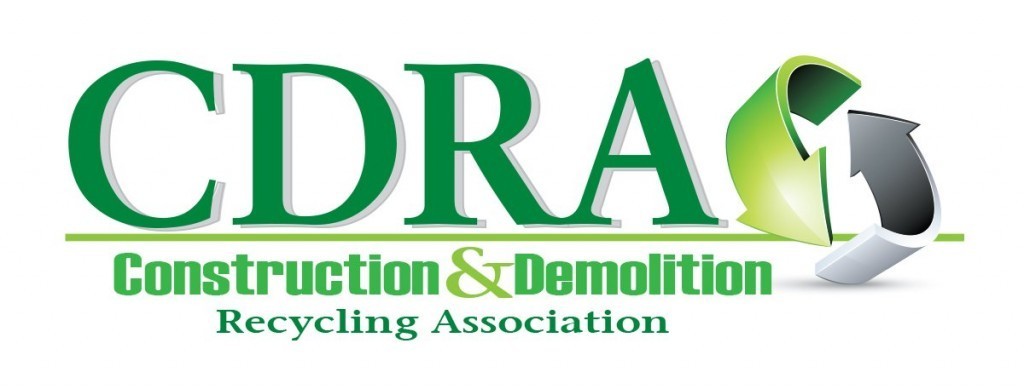
The year 2020 was of course a difficult period for C&D recyclers (and most everyone else) with the coronavirus causing the slowdown or even shutdown of construction sites throughout North America. This meant C&D recycling facilities ended up with a reduced infeed of material to process.
This was obviously quite concerning to C&D recyclers. The Construction & Demolition Recycling Association (CDRA) organized a regular, recurring Zoom call with more than a dozen recyclers across the U.S. and Canada to discuss workarounds and solutions to effects of the pandemic on our the industry. These calls were summarized and shared, and from that the CDRA developed guidelines for its members to use to open their plants (more on that below).
Eventually, in 2020, incoming volumes picked back up because construction activity was allowed to resume. Reportedly C&D facilities are currently receiving debris at levels around 70 to 80 percent compared to pre-Covid, and some are doing even better.
But this may be a temporary situation. Several CDRA members have reported that the return uptick of incoming material volumes was due to ongoing construction projects starting back up again - a good thing. However, in many but not all regions it was noted that once those projects were completed, there weren't a lot of new projects starting up. Developers were taking a break to see how the economy would recover, and how that would affect building usage.
This future slowdown view is backed up by the AIA Billing Index (ABI), which tracks architectural billings for non-residential construction. This is a reliable 9- to 12-month indicator for future construction activity because an architect is needed to design the structure first. In 2020, not unexpectedly, the monthly index was negative, and the last available ABI report in November 2020 was even more gloomy, retreating further from the October report.
Fortunately, residential construction is going gangbusters because mortgage money is priced low, and many are looking to either get a new house for the new normal of working from home, or to improve their current abode. Construction waste from that sector is still being generated in many parts of North America, and the National Association of Home Builders is optimistic in its forecast that this will continue.
However, the retail and commercial building sector, which can generate a lot of C&D material, is pulling back in many parts of the U.S. and Canada. In addition, commercial office construction has slowed significantly as more companies are finding out that it is cheaper to let employees work from home.
When the pandemic started and recycling plants began to shut down, no one knew what the proper way to operate would be in order to follow U.S. CDC (Centers for Disease Control and Prevention) guidelines or provincial mandates in Canada. It became necessary to figure out how to maintain social distancing, not only on picking lines, but for break rooms and everywhere else.
Hence, the way in which recycling facilities are run overall has undergone a transformation since a year ago. Everything is nearly all paperless, such as when a truck rolls into the plant and gets weighed, and then weighed again after either picking up or dropping off a load. Paper is used a lot less to record those transactions and to pay for them. Truck drivers now get out of their trucks as little possible.
Steps like these and others were documented by the CDRA early on in the pandemic, and made available to its members. There were pages and pages of suggestions, guidelines and tips to move forward. And like the rest of society, C&D recycling operators have learned to adapt and deal with the restrictions the coronavirus has put on us all.
Yet it remains that C&D recycling, like all solid waste, is heavily regulated - though virtually all governmental bodies support the goal of more recycling. To help them achieve that, the CDRA has put out a Recycling Roadmap which provides state and provincial, and other local governments, with guidelines, suggestions and case studies to increase recycling. This is available to all CDRA members and governmental bodies in Canada and the U.S.
Still, even with solid guidelines like these, C&D recycling will be a challenging sector to navigate in 2021. RPN
William (Bill) Turley is the executive director of the Construction & Demolition Recycling Association (CDRA.)
This Last Word was originally published in the January/February 2021 edition of Recycling Product News, Volume 29, Number 1.
Company info
35 E. Wacker Dr., Suite 850
Chicago, IL Phone: 866.758.4721
Chicago, IL
US, 60601
Website:
cdrecycling.org
Phone number:
866.758.4721



